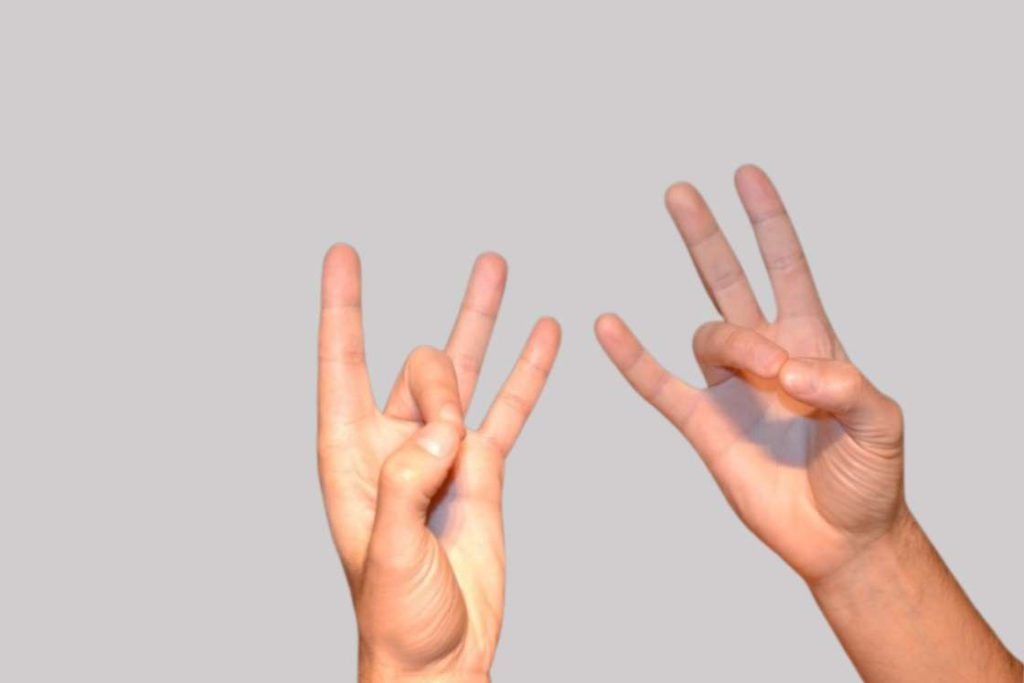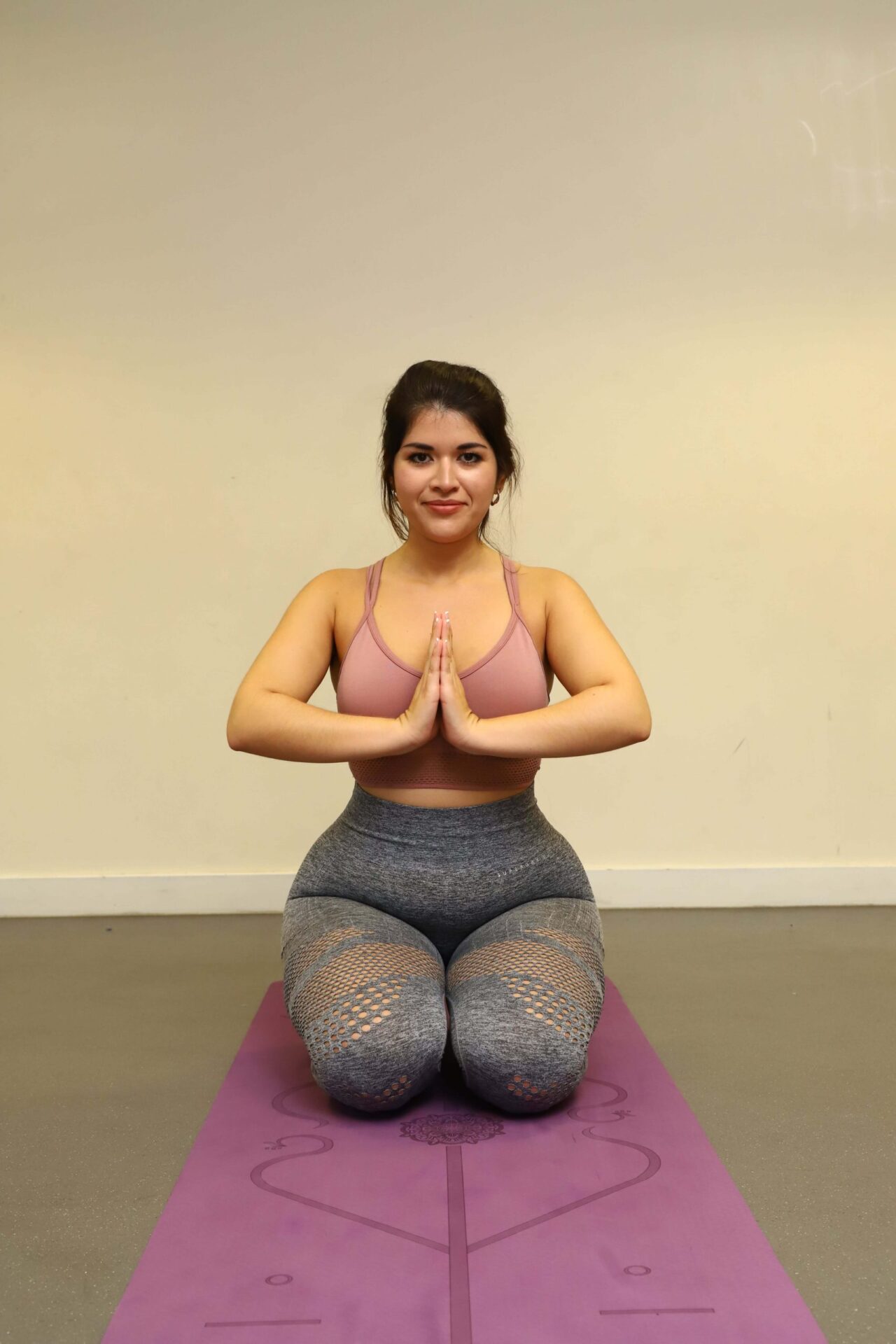Yoga is a great way to improve your holistic health and prioritize your wellbeing — even if you’re completely new to exercise.
According to the American Osteopathic Association (AOA), yoga can help to increase strength, and flexibility and even prevent injury. You can do it as a standalone practice, or complement your regular workout routine.
Yoga can be practiced almost anywhere — in a class setting, or you can do yoga at home. When trying yoga for the first time, the key to getting started is understanding your practice, setting up your space, and learning some fundamental poses for beginners.
What is yoga?
Yoga is known in Western society as an exercise that benefits your physical and mental health, but it began as an ancient practice in India, with origins dating back several thousand years.
Spiritual leader Sri Sri Ravi Shankar’s humanitarian organization Art of Living defines yoga as a practice that aims to harmonize body, mind, and breath through breathing techniques (pranayama), yoga postures (asanas), and meditation (dhyana).
One of the most common yoga practices, according to Harvard Medical School’s Harvard Health Publishing, is Hatha yoga. Hatha is a more physical style of yoga, and focuses on pranayama, followed by asanas, and ends with the corpse pose, or savasana, which leads into dhyana.
Yoga is often referred to as “moving meditation”, aimed at increasing the flow of energy openly throughout your body.
How to get started with yoga for beginners
Cultivating your own yoga practice can take time, and requires you to know some of the many different asanas. If you’re new to yoga, you might find it helpful to take some classes online.
Soham Yoga London has a number of guided yoga programs you can try, including Beginner’s Yoga, Therapeutic Yoga, Hatha Yoga flow., Yoga for Health and Pranayama Techniques. Each of these programs follows Hatha yoga, studies have shown it can be an effective way to help manage stress and improve emotional wellness.
Here are some helpful tips you can use before starting your first practice.
Get comfortable
Choosing workout clothes that suit your training style can help you feel comfortable and at ease. When it comes to yoga, this means being able to move freely with your practice.
A well-fitting sports bra and the right type of yoga pants can make all the difference, and if you have long hair, tie it up and away from your face while you flow through poses like a downward dog.
Set up your space
Whether you work out in your bedroom, living room, or backyard — ensure you have a comfortable area for your practice that is free from distractions. You might even elevate your space with a calming playlist or fill the air with your favorite soothing scent!
Choose the right equipment
For any practice, you will need a yoga mat. Choose one that has a good grip to avoid it sliding around during your asanas.
If you’re a beginner, a yoga block can also help with stretching poses.
How often should you do yoga?
How often you choose to practice is completely up to you. As with any program, maintaining a regular routine will help you improve your technique so you can continue to experience the benefits of your practice.
When referring to government guidelines on exercise, the United Kingdom’s National Health Service counts yoga as a form of strengthening exercise while the American College of Sports Medicine’s Physical Activity Guidelines suggests performing muscle-strengthening activities at least twice a week. Soham yoga London programs range from three to five sessions each week, so there’s flexibility to suit your lifestyle and fitness level.
Most yoga classes in studios or online go for an hour or longer and Most yoga classes at Soham Yoga London finish your class in 60 minutes or less!
Does yoga build strength?
Depending on the style, many yoga classes are physically demanding and will build strength and stability across your body.
Studies, including a 2019 study published in the International Journal of Yoga have found that faster, more intense yoga styles like Hatha Yoga increase flexibility while building full-body strength, compared to gentler styles of yoga, like Yin yoga (which is slower-paced and much more focused on restorative poses).
Yoga poses for beginners
Before you start a regular yoga practice, it’s a good idea to get familiar with some poses you can master as a beginner. From downward dog to Warrior II, knowing how to perform common poses will help you feel more confident on the mat.
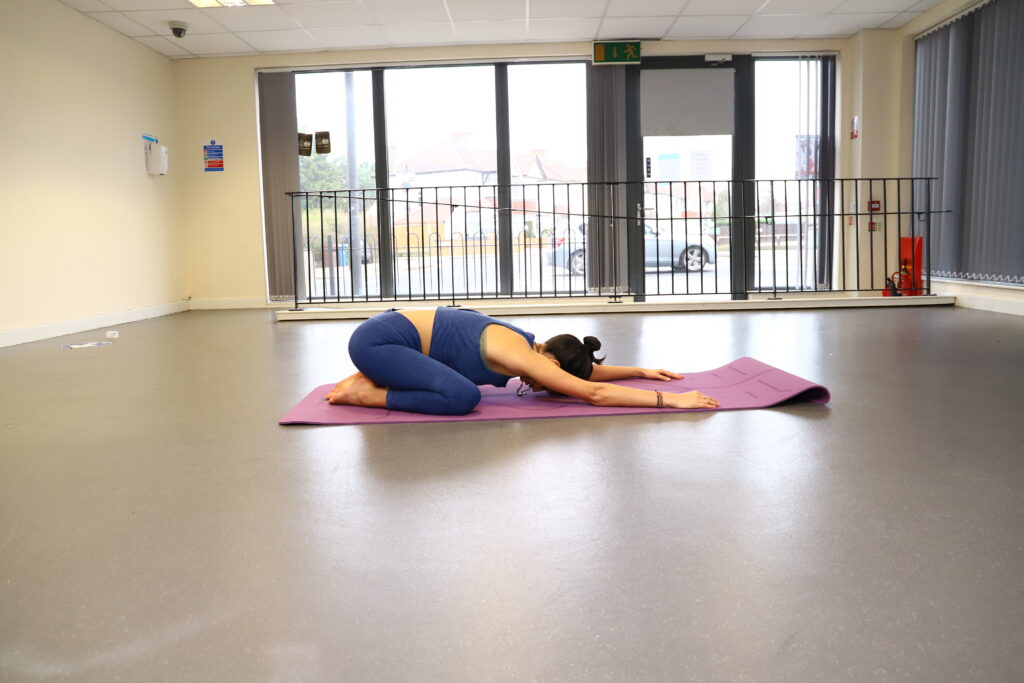
Child’s pose (Bala asana)
A child’s pose is a restorative asana, or heart-opening pose, that calms the body and mind. According to the Mayo Clinic, a child’s pose helps to stretch your back and the muscles around your hips.
Begin on all fours in the center of your mat, make sure your shoulders are stacked over your hands and your hips are stacked over your knees. Your toes should be untucked with your toenails facing toward the ground.
Bring your upper body towards your thighs, and your glutes towards your heels. Then, extend your hands in front of you on the center of the mat, rest your head between your arms and draw your shoulders back and down.
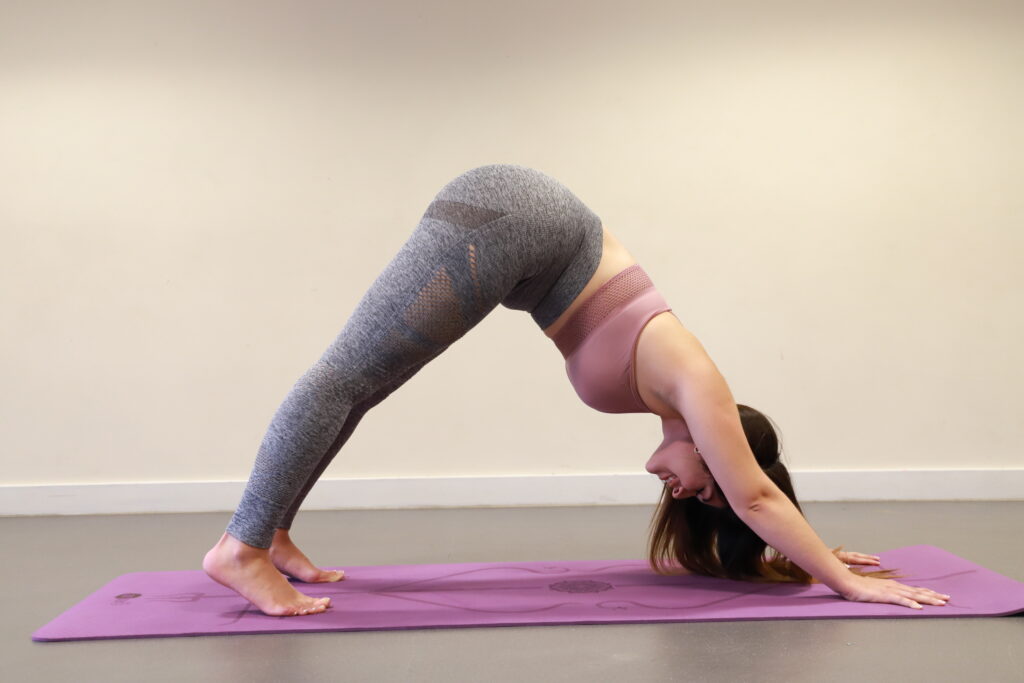
Downward dog (Adho Mukhaswanasana)
Downward dog is one of the most commonly practiced asanas. Inversion poses like downward dog, where your head is below your heart, may help open up sinuses for those struggling with allergies or nasal congestion.”This pose also helps with strength and flexibility.
Begin on all fours in the center of the mat, with your shoulders stacked over your hands and your hands stacked over your knees. Lifting your knees off the ground, straighten out your legs, and lift your hips towards the ceiling. Your feet and hands should stay planted on the mat.
Try to maintain a wide back by keeping your shoulder blades apart. To begin with, your heels will likely be raised off the floor.

Plank pose (Dhandasana)
You might already be familiar with the plank pose, or “high plank” if you’ve tried strength training. The plank pose helps to increase core strength and muscle across the whole body.
Begin on all fours in the center of the mat, with your shoulders stacked over your hands and your hands stacked over your knees. Step your feet to the back of the mat. Only your hands and toes should be touching the mat as you keep your core engaged and neck straight.
If you find this pose challenging, use a modified plank position to help build strength in your core, arms, and shoulders. Instead of stepping your feet to the back of the mat, move your knees back towards the rear of the mat, from the all-fours position. This will increase core engagement and help you to build strength towards the full plank position.
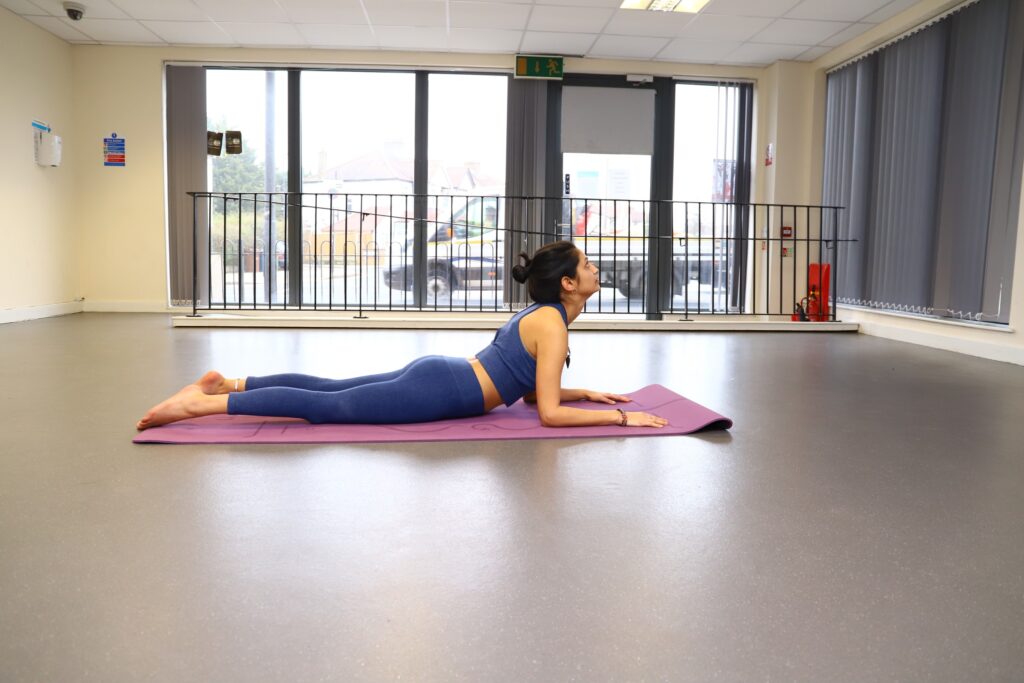
Baby cobra (Bhujangasana)
The baby cobra pose helps to open up your chest, stretch your shoulders and abs and strengthen your back muscles.
Lie down flat on your stomach on the mat, with your palms planted underneath your shoulders. Keeping your hips on the mat, slowly raise your shoulders and chest.
Keep your core activated as you hold this position by drawing your belly button in towards your spine.
Warrior I
Warrior I is a standing asana that helps to strengthen your legs and upper body and stretches the muscles around your hips. It’s a great move to improve flexibility and balance.
Start by standing up straight at the back of the mat, with your feet about shoulder-width apart. Step your right foot forward and bend your right leg at a 90-degree angle. Tilt your back (left) foot so that it is facing outward at a 45-degree angle.
Your back leg should be straight, and your front (right) leg should be bent with both feet planted firmly on the ground.
Raise your arms above your head, spreading your fingers. Repeat this movement by swapping the position of your legs.
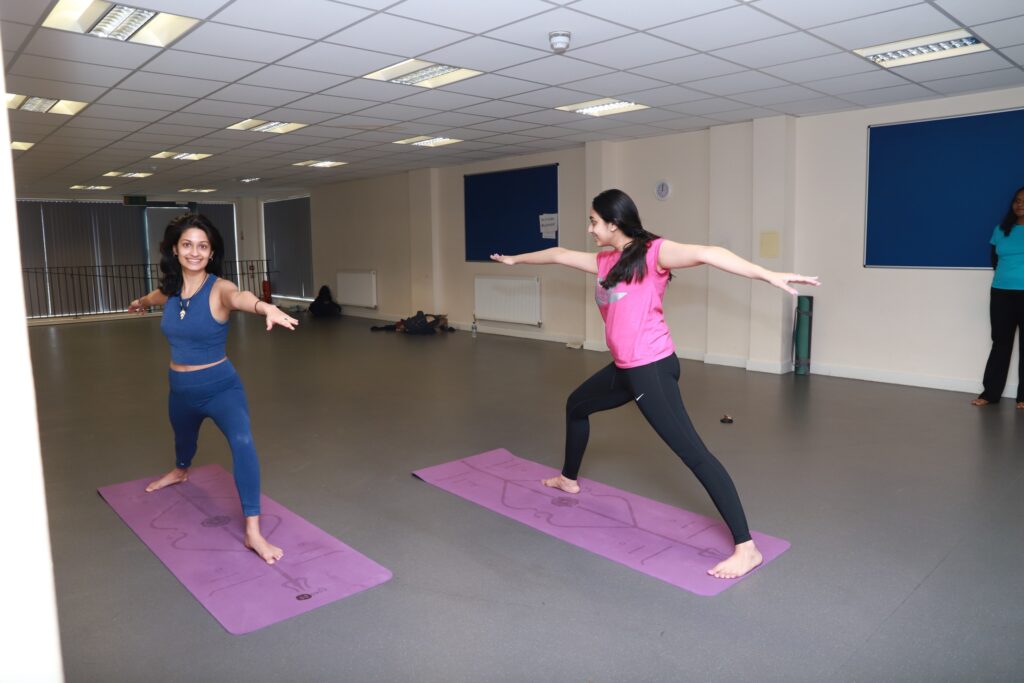
Warrior II
Warrior II is very similar to Warrior I, however, your hips will be slightly rotated and open to the side of your mat, rather than facing forward.
Start by standing up straight at the back of the mat with your feet about shoulder-width apart. Step your right foot forward and bend your right leg at a 90-degree angle. Tilt your back (left) foot so that it is facing outward at a 45-degree angle.
Your back (left) leg should be straight, and your front (right) leg should be bent with both feet planted firmly on the ground.
Extend your right arm out in front of you, keeping your palm facing down. Extend your left arm out behind you, keeping your palm facing down.
What are the Benefits of Yoga?
There are several benefits to yoga, some are speculated, but the following benefits are well known and evidence-based:
Improved Flexibility – This is probably the most obvious benefit of yoga. When you start yoga, some of the poses may seem impossible, but as your flexibility improves you’ll unlock even more potential. If you already participate in any sports then this is fantastic for improving performance and helping to reduce the chance of injuries.
Improved Balance – For many sports, balance is critical. Good balance can often be the difference between success and failure. Several yoga positions are performed with one leg on the ground so your balance is worked regularly.
Decreased Stress – Yoga is well known for its benefit in reducing stress. One study followed 24 women, who had pre-existing mental stress, over a period of three months and reported significant reductions in their stress measurements at the end of the study.
Relieves Anxiety – Many people use yoga as a method for coping with anxiety. Again this has been studied and shown to have scientific standing. One study followed 64 women, who were suffering from PTSD and again it found a reduction in the symptoms similar to what can be seen in patients undergoing drug treatment.
There are many other benefits, but we may discuss these fully in a dedicated blog article in the future.

